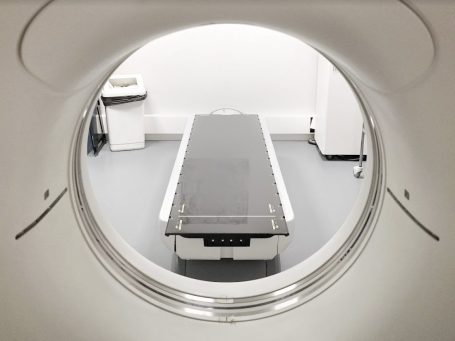liens 555 55 55 55
Glioblastoma Multiform
Glioblastoma multiforme (GBM) is a highly aggressive and fast-growing brain tumor that originates from glial cells, which support and protect nerve cells in the brain. It is the most common and deadliest form of brain cancer in adults, known for being difficult to treat and prone to recurrence despite surgery, radiation, and chemotherapy.

Glioblastoma multiform
Next MRI
10/07/25
Glioblastoma multiforme
Glioblastoma multiforme (GBM) is the most aggressive and common form of primary malignant brain tumor in adults. Classified as a World Health Organization (WHO) Grade IV astrocytoma, GBM arises from glial cells—specifically astrocytes—in the central nervous system. It is characterized by rapid growth, diffuse infiltration into surrounding brain tissue, a high degree of cellular atypia, microvascular proliferation, and areas of necrosis.
GBMs typically occur in the cerebral hemispheres, particularly in the frontal and temporal lobes, but they can arise in any part of the brain or spinal cord. Clinically, they present with symptoms such as headaches, seizures, neurological deficits, and cognitive changes, depending on the tumor’s location.
GBM is known for its resistance to conventional therapies and poor prognosis, with a median survival of approximately 12 to 15 months despite aggressive treatment, which usually includes maximal safe surgical resection, followed by radiation therapy and chemotherapy (most commonly with temozolomide).
Molecular markers such as IDH mutation status, MGMT promoter methylation, and EGFR amplification are increasingly used to refine diagnosis, guide treatment decisions, and predict prognosis.



